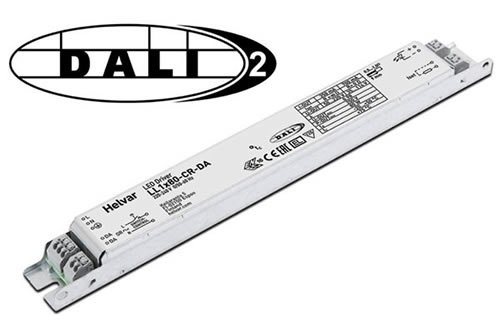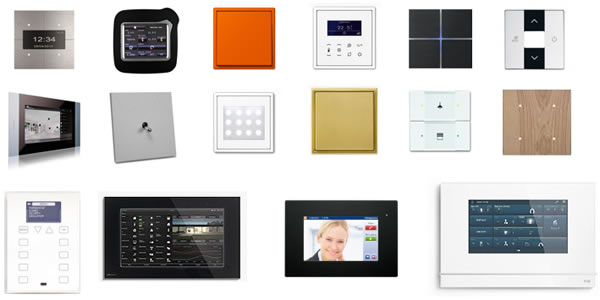 By Simon Buddle, Future Ready Homes.
By Simon Buddle, Future Ready Homes.
I think I might have missed the fanfare heralding the arrival of DALI 2. Or is it just that it has flown under the radar somewhat, like military HALO troops whose goal is to drop through the radar screen unnoticed, or, at worst just as a single blip on the screen? HALO is the acronym that describes High Altitude Low Opening free-fall military parachuting; throw yourself, head first, out of an aircraft (in an oxygen mask) and free fall until you are below the radar screen. The act of falling takes about 10 seconds for the person to reach terminal velocity, i.e. 120mph, so as you travel through the radar screen, which is rotating in its scanning plane, there is a strong chance that you’ll be missed. Then open the ‘chute, you’re in, and no one knows you’re there. Now back to DALI 2…
The DALI logo has been in use since 1984, when DALI AG was founded by Philips. 2017 saw the formation of a new organisation called the DiiA (Digital Illumination Interface Alliance) and this now owns both the DALI verison 1 and DALI 2 trade marks, which can only be used by DiiA members. So, what does DALI 2 bring to the table?
Control, input devices and central brains
The focus for DALI 2 is on control, input devices and central brains. The standard adds to the existing 64 addresses/devices to now provide 128. However, the additional 64 are all made up of control devices. The system supports a processor or multiple processors so that more advanced programming can be achieved. New keypads and PIRs form what is, effectively, a complete solution.

There are additional colour control features such as xy chromaticity, which allows the selection of a colour within the CIE 1931 chromaticity diagram, and colour temperature (Tc), which allows selection of the correlated colour temperature with reference to the black-body line. That enables very accurate colour tuning for fixtures. The standard also has provision for wireless using a Bluetooth mesh network, but this is yet to be developed. Two other items of note, although again, still in development, are load shedding and self-contained emergency fittings.
DALI certification
In October of last year, the DiiA organisation certified the first DALI 2 products, namely LED drivers by Helvar, OSRAM, Philips Lighting and Tridonic. As mentioned previously, the DALI trade mark was free to use. However, for the DALI 2 trade mark to be used, products must be tested and certified through the DiiA. This has associated costs, and membership of the DiiA is required before one can use DALI 2. Currently there are 76 members.

What does it mean for KNX?
In the residential sphere at least, more or less nothing, I think. The DALI 2 protocol is moving squarely into the control arena, meaning that one could use all DALI 2 keypads, PIRs, processor(s) and transformers to create a full lighting control system. I’m not sure that it adds any real benefits for the KNX installer. However, what it does mean is that potentially, a customer might choose DALI 2 as the control platform rather than KNX. There is a case for using it in the commercial space, but it is less viable in residential. The vast array of aesthetic solutions available in KNX versus the relatively meagre offering of DALI 2 makes it a non-starter in the home.
Couple that with a lack of support for HVAC or blinds and the odds remain hugely stacked in favour of KNX.

Conclusion
We’ve waited a long time for DALI 2 to come to market, and I suspect you, like me, had high hopes for it. The hopes don’t appear to have been realised. It has most definitely slipped under my radar, but with Light + Building just around the corner, it will be interesting to see if any of the major KNX manufacturers pick up on DALI 2.
If the transformer manufacturers phase out their older DALI products, then manufacturers will be forced into using DALI 2, but I think that day is some way off yet. Some manufacturers have, in the past, been guilty of implementing only parts of the DALI protocol. The DiiA independent testing and certification of DALI 2 products will mean a level playing field for all, and for that they should be commended. The roadmap for new products and functions in DALI 2 looks ambitious. Let’s hope they make more noise about the up-and-coming launch phases.
Simon Buddle is a consultant for Future Ready Homes, a specialist in BMS and ELV services system design.











